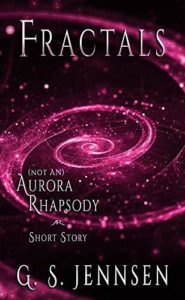 Title: Fractals
Title: Fractals
Author: G.S. Jennsen
Publisher: Self-Published
Publication Date: February 20, 2019
Genres: Science Fiction, Action/Adventure, and just a pinch of romance.
Length: 22 pages
Source: I received a free copy from the author.
Rating: 3 Stars
Blurb:
A mysterious signal coming from deep space attracts the attention of humanity’s scientists and the soldiers who protect them—the kind of attention the originators of the signal will do anything to avoid. When the two converge, first contact doesn’t go the way either side planned.
*
FRACTALS is set in an alternative universe from the Aurora Rhapsody novels and short stories, but it features several of the same characters.
Review:
Content Warning: A space battle (but no injuries or deaths were described during it). I will not discuss it in my review.
Following protocol doesn’t always work well in situations that humanity has never experienced before.
Alexis and her coworkers struck me as people who had memorized all of the rules but didn’t always know why those rules had been put into place or when they could be reasonably bent. Their disagreements about how to react to what could possibly be first contact with an intelligent alien species were as humorous as they were true to all of these characters’ personalities. Honestly, I wouldn’t have expected anything other than a few professional but sometimes terse arguments along the way as they figured out what they wanted to do next.
This would have benefitted from another round of editing in my opinion. The narrator switched between verb tenses so often that I became confused. There were also some characters who were introduced with very little explanation of who they were or how they were connected to anyone else. While I certainly didn’t expect to have everything spoon fed to me during my first introduction to this world, this would have been easier to understand if the narrator had been a little more assertive about filling the readers in on the basics of what we needed to know due to the author’s comments on Amazon about this being a series that didn’t need to be read in any particular order.
The ending made me chuckle. No, I won’t spoil anything about it, but I was pleasantly surprised by the way Ms. Jennsen veered off into a totally new direction with it. What a creative take on the idea of how first contact with an alien species is supposed to go. Not only did she clear up some of my questions about what was going on, she made me wonder what other surprises might be hidden in this universe.
Fractals was a wild ride.

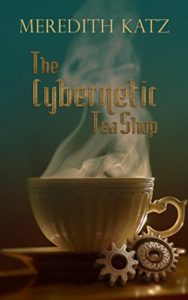 Title: The Cybernetic Tea Shop
Title: The Cybernetic Tea Shop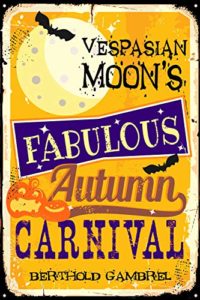 Title: Vespasian Moon’s Fabulous Autumn Carnival – A Long Short Story
Title: Vespasian Moon’s Fabulous Autumn Carnival – A Long Short Story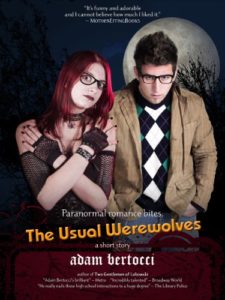 Title: The Usual Werewolves
Title: The Usual Werewolves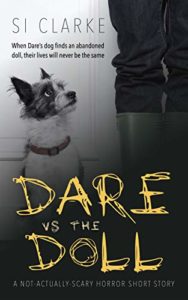 Title: Dare vs. The Doll – A not-actually-scary horror short story
Title: Dare vs. The Doll – A not-actually-scary horror short story Title: Haunted Love
Title: Haunted Love
 Click here
Click here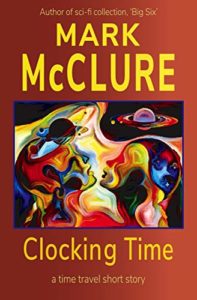 Title: Clocking Time
Title: Clocking Time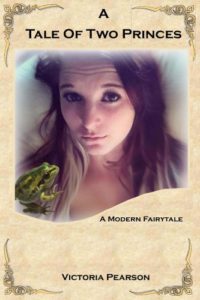 Title: A Tale of Two Princes
Title: A Tale of Two Princes In Rivers Solomon’s
In Rivers Solomon’s